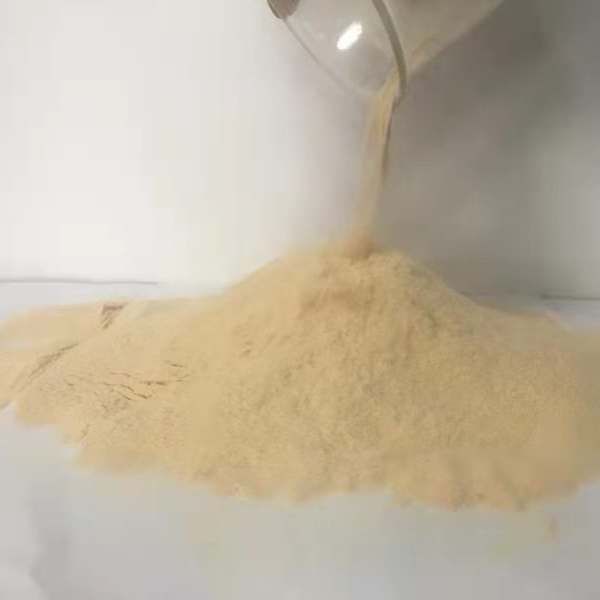
News
Aug . 17, 2024 00:54 Back to list
Effective Chelating Agents for Rust Removal in Various Applications
The Role of Chelating Agents in Rust Removal
Rust, a common yet frustrating problem, affects various metal surfaces and structures, leading to deterioration and requiring remediation. One innovative approach to combat rust is the use of chelating agents. These compounds can effectively bind to metals and facilitate their removal, offering a unique solution to rust management.
Understanding Chelating Agents
Chelating agents are molecules that can form multiple bonds with a single metal ion, creating a stable complex. This process is known as chelation. Chelators work by wrapping around metal ions, making them more soluble and easier to wash away. Common examples of chelating agents include citric acid, EDTA (ethylenediaminetetraacetic acid), and oxalic acid. These agents are particularly effective because they not only remove rust but also prevent further corrosion by sequestering metal ions that can catalyze oxidation processes.
How Chelating Agents Remove Rust
When rust forms, it primarily consists of iron oxides and other impurities that adhere to metal surfaces. By applying chelating agents, these metal oxides can be transformed into more soluble forms. For instance, citric acid, a natural chelator often found in citrus fruits, can react with iron oxide to produce easily removable compounds. The application of these agents typically involves creating a solution that is applied directly to the rusty surface, allowing time for the chelator to interact with the rust and dissolve it.
The effectiveness of this approach can vary based on factors such as the concentration of the chelating agent, the duration of application, and the nature of the rust itself. Generally, a well-formulated solution can significantly reduce the labor-intensive scraping and wire brushing traditionally associated with rust removal.
Advantages of Using Chelating Agents
chelating agent to remove rust quotes

1. Efficiency Chelating agents can penetrate rust layers more effectively than mechanical methods. This leads to a more thorough and less physically demanding process for removing rust.
2. Non-toxic Options Many chelating agents, such as citric acid, are relatively safe and environmentally friendly compared to harsher chemical rust removers. This is particularly beneficial in residential or indoor applications where toxicity is a concern.
3. Preventing Future Corrosion By removing rust and simultaneously binding to free metal ions, chelating agents can help to reduce the likelihood of future rust formation. This dual action not only cleans but also protects metal surfaces.
4. Cost-Effective Many chelating agents are inexpensive and readily available, making them an economical choice for both DIY enthusiasts and professionals.
Application in Different Settings
Chelating agents can be used in various settings—from household use on small metal items and tools to industrial applications involving large machinery and infrastructure. In households, a simple application of a citric acid solution can restore the shine to metal fixtures, while in industrial contexts, EDTA might be employed to clean large tanks or piping systems.
Conclusion
The use of chelating agents as a method for rust removal exemplifies the intersection of chemistry and practical application. With the ability to efficiently bind to and remove iron oxides, these compounds offer a powerful alternative to traditional methods of rust elimination. Their efficiency, safety, and preventive capabilities make chelating agents an invaluable tool for maintaining metal surfaces in optimal condition, highlighting the importance of innovative solutions in everyday challenges. As awareness of these methods grows, we can expect chelating agents to play an increasingly prominent role in rust management strategies across various sectors.
-
Polyaspartic Acid Salts in Agricultural Fertilizers: A Sustainable Solution
NewsJul.21,2025
-
OEM Chelating Agent Preservative Supplier & Manufacturer High-Quality Customized Solutions
NewsJul.08,2025
-
OEM Potassium Chelating Agent Manufacturer - Custom Potassium Oxalate & Citrate Solutions
NewsJul.08,2025
-
OEM Pentasodium DTPA Chelating Agent Supplier & Manufacturer High Purity & Cost-Effective Solutions
NewsJul.08,2025
-
High-Efficiency Chelated Trace Elements Fertilizer Bulk Supplier & Manufacturer Quotes
NewsJul.07,2025
-
High Quality K Formation for a Chelating Agent – Reliable Manufacturer & Supplier
NewsJul.07,2025
